Japan’s popular destinations like Tokyo, Kyoto, and Osaka capture most visitors’ attention, leaving countless extraordinary places virtually untouched by foreign tourists. These lesser-known locations offer authentic experiences without crowds, overpriced tourist traps, or language barriers that plague famous sites. Many of these hidden gems sit just hours away from major cities yet remain as peaceful as they were decades ago.
Discovering Japan’s secret places requires venturing beyond the typical tourist trail into regions where locals still far outnumber visitors. Here is a list of 15 remarkable destinations that most travelers never hear about, each offering unique glimpses into Japan’s diverse landscapes and culture.
Naoshima Art Island

This small island in the Seto Inland Sea transformed from a quiet fishing community into an outdoor art gallery featuring works by world-renowned artists. Tadao Ando’s underground museums blend seamlessly with the landscape, while Yayoi Kusama’s polka-dotted pumpkin sculptures dot the coastline.
The island’s blend of contemporary art and traditional village life creates an atmosphere unlike anywhere else in Japan.
Shirakawa-go Historic Village
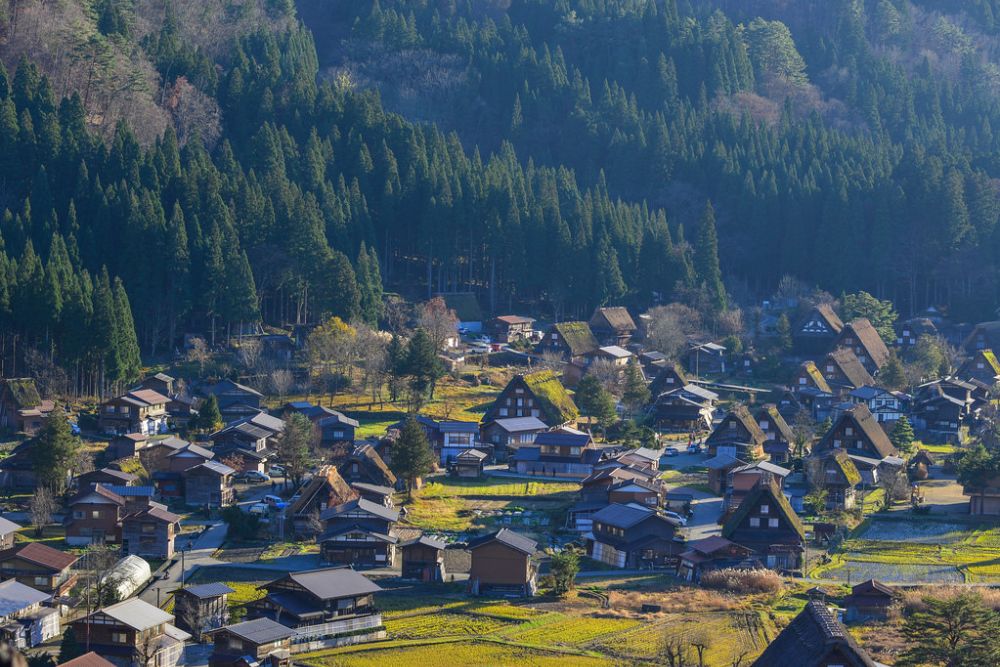
Steep-roofed farmhouses dating back 250 years cluster together in this UNESCO World Heritage valley, surrounded by mountains that isolate the community from modern development. The traditional gassho-zukuri architecture was designed to handle heavy snowfall, creating fairy-tale-like structures that seem frozen in time.
Staying overnight in one of these converted farmhouses provides an authentic glimpse into rural Japanese life that few tourists experience.
Like Travel Pug’s content? Follow us on MSN.
Takayama Morning Markets
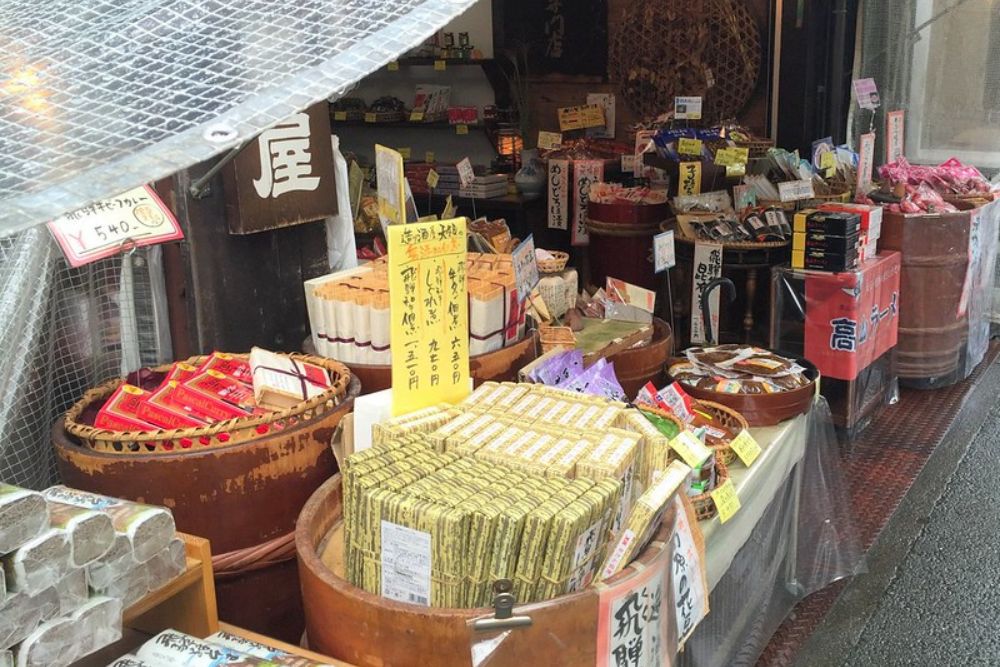
This mountain city hosts two daily markets where local farmers sell vegetables, flowers, and handmade goods just as they have for centuries. The morning atmosphere feels completely authentic since most vendors are elderly locals who speak little English and cater primarily to Japanese customers.
Walking through these markets while the mountain air is still crisp provides a genuine slice of Japanese daily life.
Kumano Kodo Ancient Trails
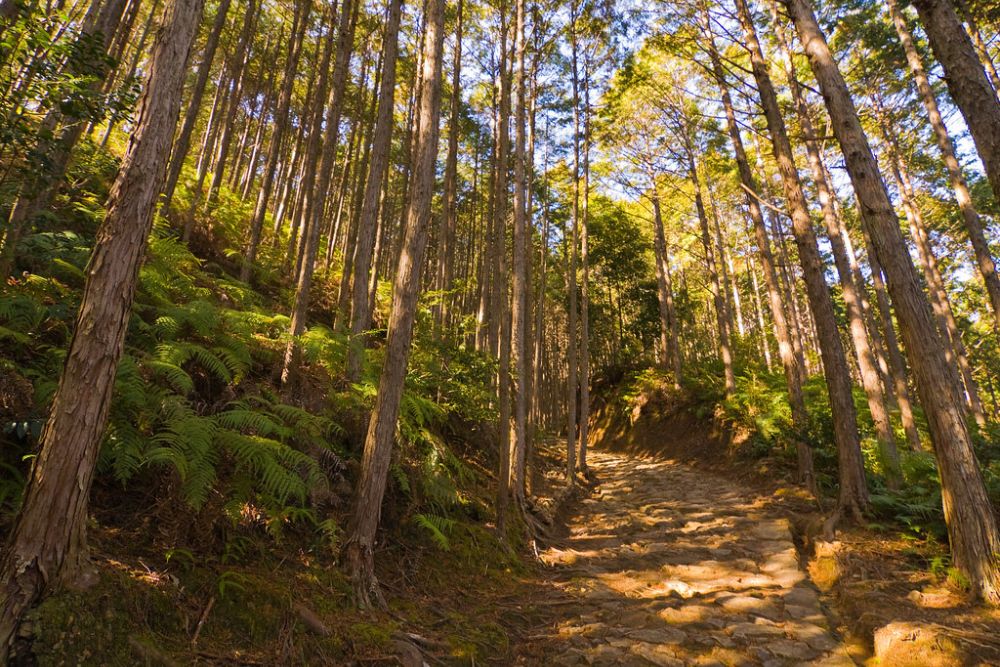
These sacred pilgrimage routes wind through the Kii Peninsula’s pristine forests, connecting Shinto and Buddhist temples that have welcomed pilgrims for over 1,000 years. The ancient stone pathways remain largely unchanged, offering a walking meditation through some of Japan’s most unspoiled wilderness.
Unlike famous tourist trails, these paths see more wild boar than foreign visitors.
Kinosaki Onsen Hot Spring Town
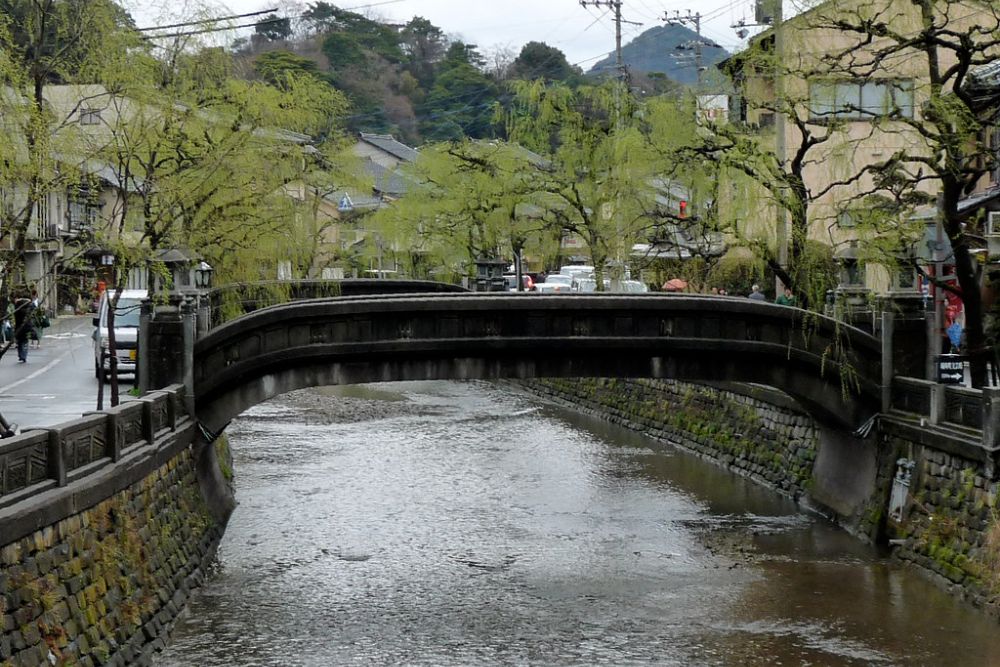
Seven different hot spring baths connect through narrow streets lined with traditional inns, creating a walking circuit that locals call ‘hot spring hopping.’ The small town preserves the classical onsen experience without the commercialization that affects more famous hot spring resorts.
Evening strolls in provided yukata robes between different baths recreate the traditional Japanese hot spring experience.
Like Travel Pug’s content? Follow us on MSN.
Shodo Island Olive Groves
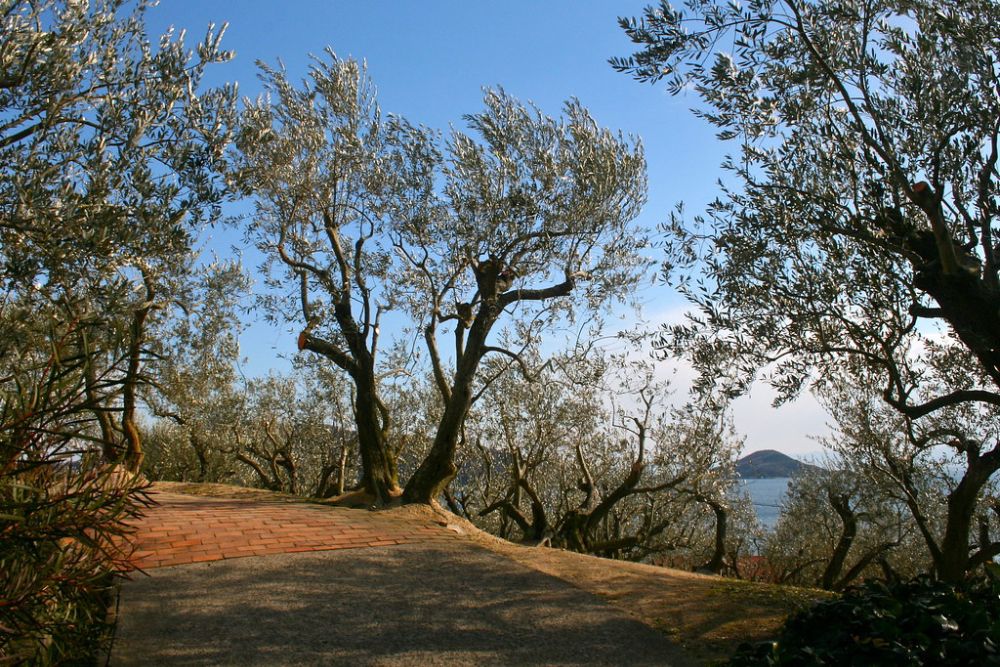
Japan’s olive oil production centers on this Inland Sea island, where Mediterranean-style groves cover hillsides overlooking blue water. The island’s Greek-inspired architecture and olive-themed restaurants create an unexpectedly European atmosphere in rural Japan.
Harvest season brings festivals where visitors can pick olives and sample fresh oil while enjoying views that rival any Mediterranean destination.
Iya Valley Vine Bridges
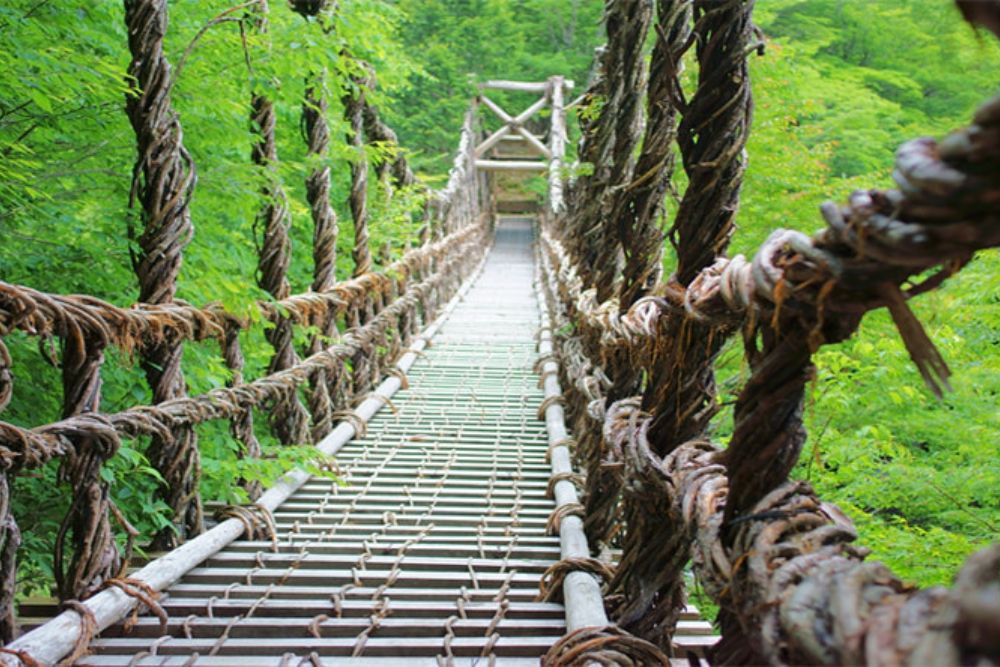
Ancient suspension bridges woven from mountain vines span dramatic gorges in this remote valley, originally built by warriors fleeing from battles centuries ago. The bridges sway precariously over rushing rivers, providing genuine thrills for those brave enough to cross them.
The valley’s extreme remoteness means that even many Japanese people have never visited these engineering marvels.
Okunoshima Rabbit Island
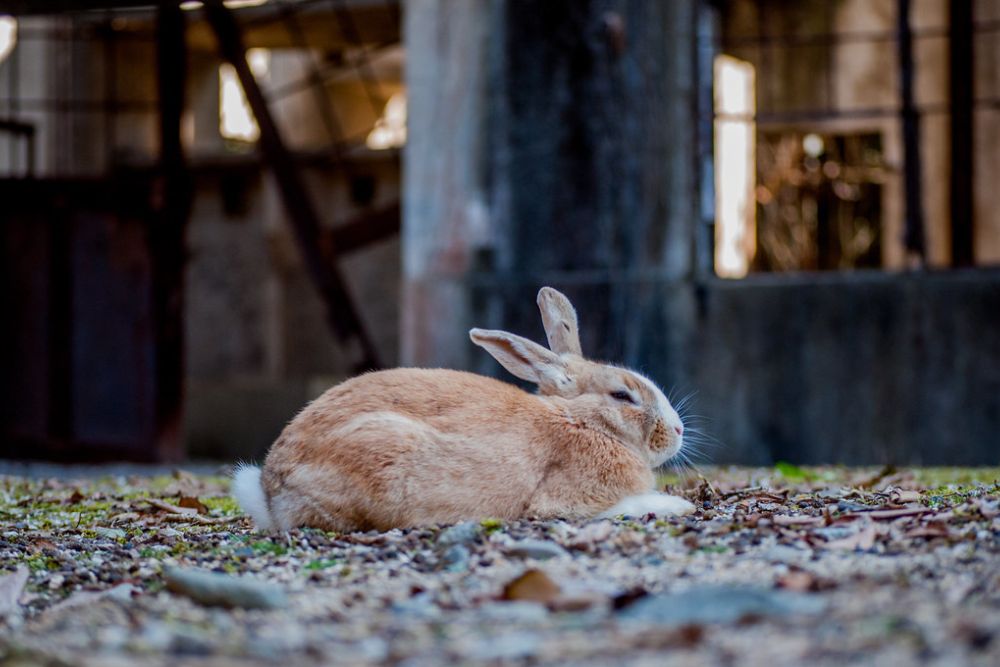
Hundreds of wild rabbits roam freely across this small island that once housed a secret chemical weapons facility during World War II. The abandoned poison gas factory ruins create an eerie backdrop for what’s now become an unlikely animal sanctuary.
Visitors can feed and interact with the surprisingly friendly rabbit population while exploring dark historical sites.
Like Travel Pug’s content? Follow us on MSN.
Gunkanjima Battleship Island
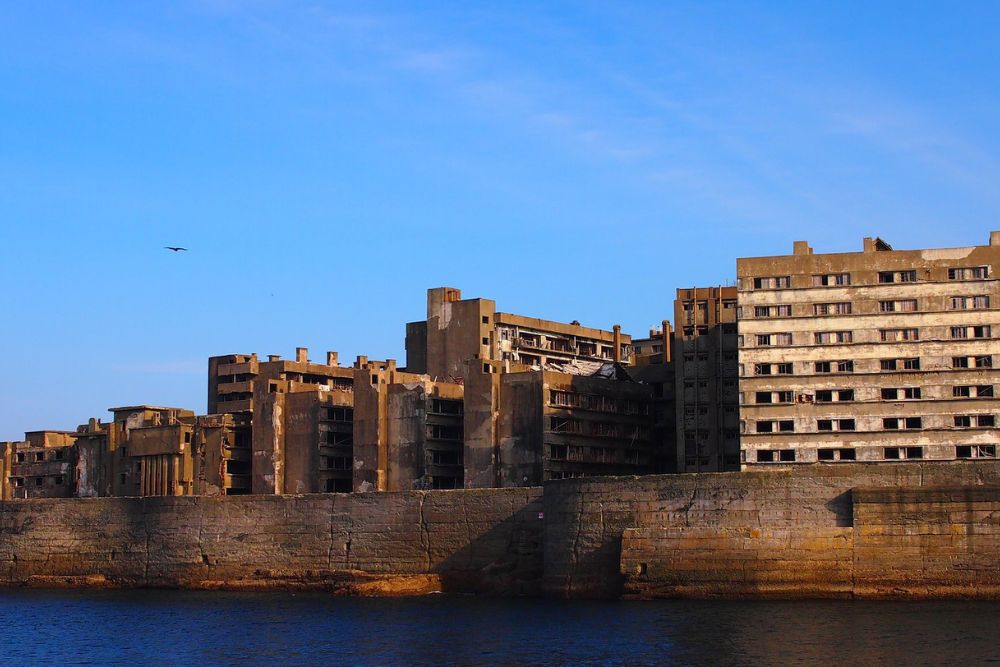
This abandoned concrete island sits 9 miles off Nagasaki’s coast, once home to 5,000 coal miners living in Japan’s first concrete apartment buildings. The island’s skyline resembles a battleship, hence its nickname, and now stands as a haunting monument to Japan’s industrial past.
Guided tours reveal the fascinating history of this UNESCO World Heritage site that was completely closed to the public for decades.
Yoshino Cherry Blossoms
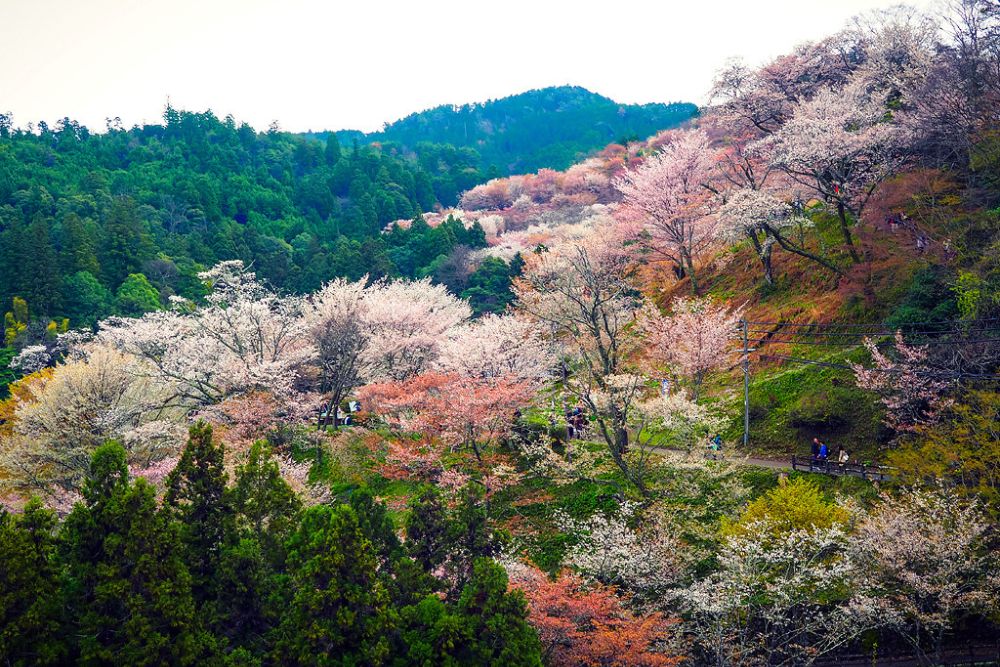
Over 30,000 cherry trees bloom across this mountain’s slopes in spring, creating the most spectacular hanami display in Japan. The blooms progress up the mountain over several weeks, allowing visitors to follow the advancing pink wave through different elevation zones.
Unlike Tokyo’s crowded cherry blossom spots, Yoshino offers peaceful contemplation among endless pink petals.
Dewa Sanzan Sacred Mountains
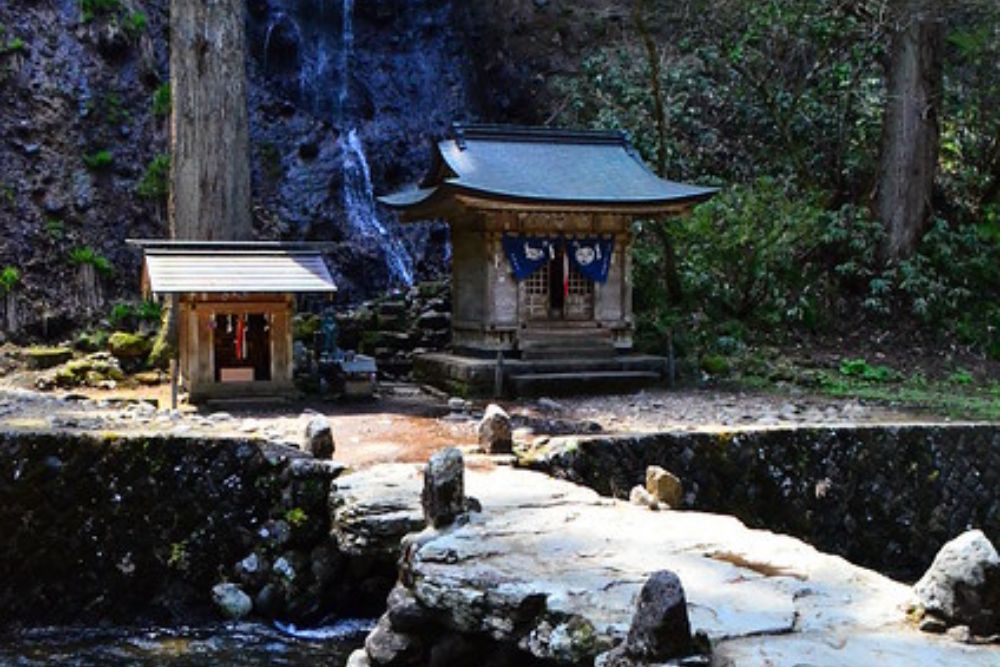
Three holy mountains in northern Japan host ascetic practices and mountain worship that date back over 1,400 years. Visitors can participate in temple stays and hiking meditation retreats that few foreign tourists know about.
The spiritual atmosphere and pristine mountain environment provide profound experiences for those seeking Japan’s deepest cultural traditions.
Like Travel Pug’s content? Follow us on MSN.
Tottori Sand Dunes
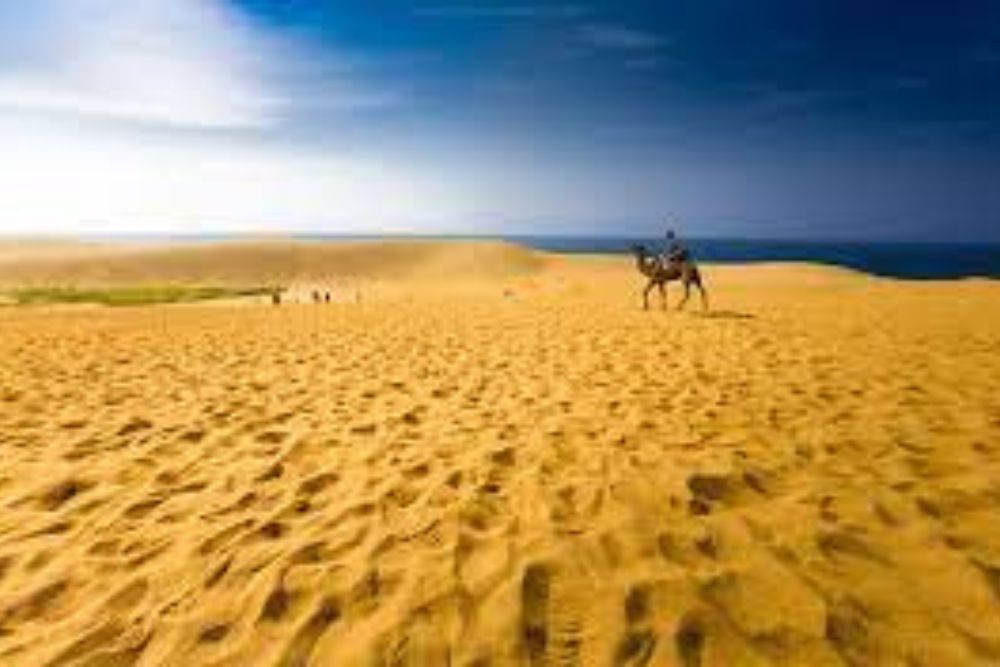
Japan’s largest dunes stretch along the Sea of Japan coast, creating a surreal desert landscape that seems impossibly out of place. Camel rides and sandboarding activities add to the Middle Eastern atmosphere, while the nearby Sand Museum features incredible sculptures carved from sand.
The dunes change shape constantly due to wind patterns, ensuring every visit reveals different formations.
Ainokura Gassho Village
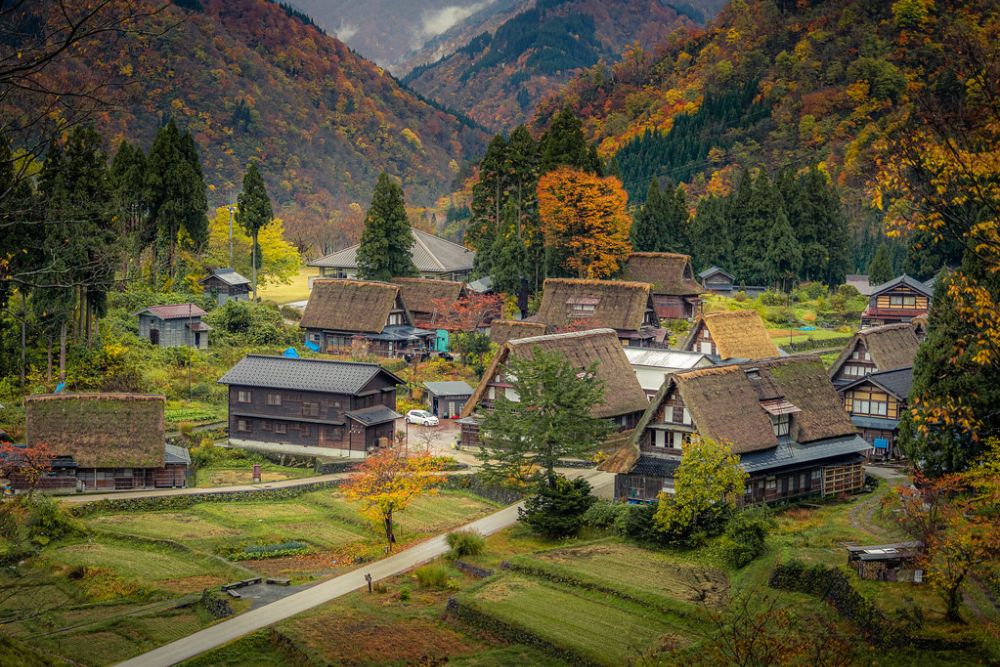
This tiny village contains only 20 traditional farmhouses, making it much more intimate than the famous Shirakawa-go. The community maintains traditional farming methods and craft production, with several houses still occupied by families who have lived there for generations.
Winter visits reveal the village buried in snow, accessible only by a narrow mountain road that adds to its isolation.
Ritsurin Garden in Takamatsu
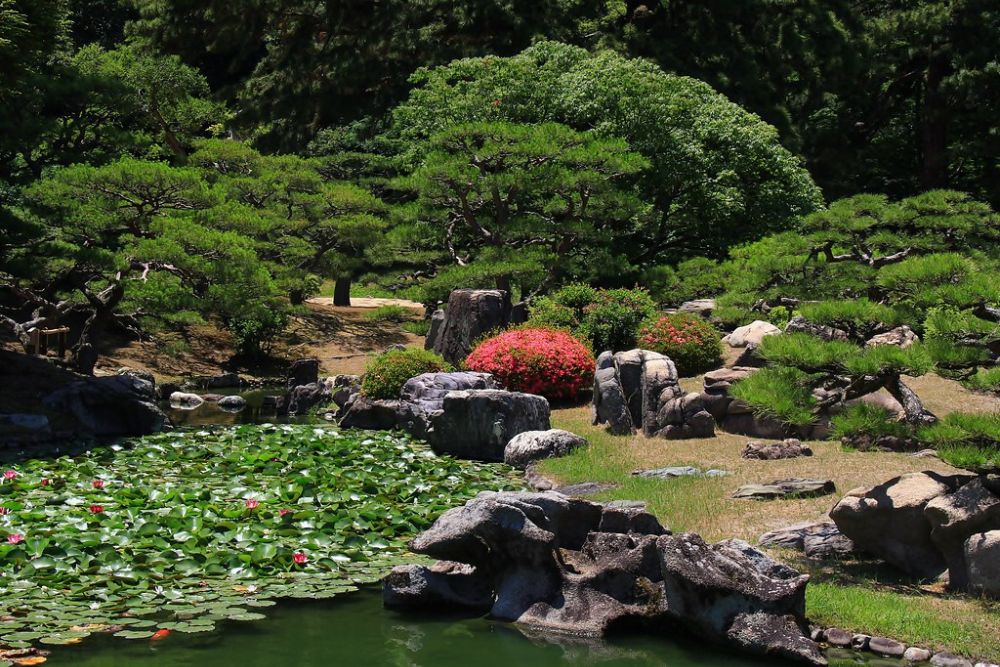
This landscape garden took over 100 years to complete, incorporating borrowed scenery from nearby mountains to create seemingly infinite vistas. The garden’s design represents the pinnacle of Japanese landscaping art, yet receives a fraction of the visitors that flock to Kyoto’s more famous gardens. Early morning visits reveal the garden in perfect tranquility, often with no other visitors in sight.
Like Travel Pug’s content? Follow us on MSN.
Rebun Island Wildflowers
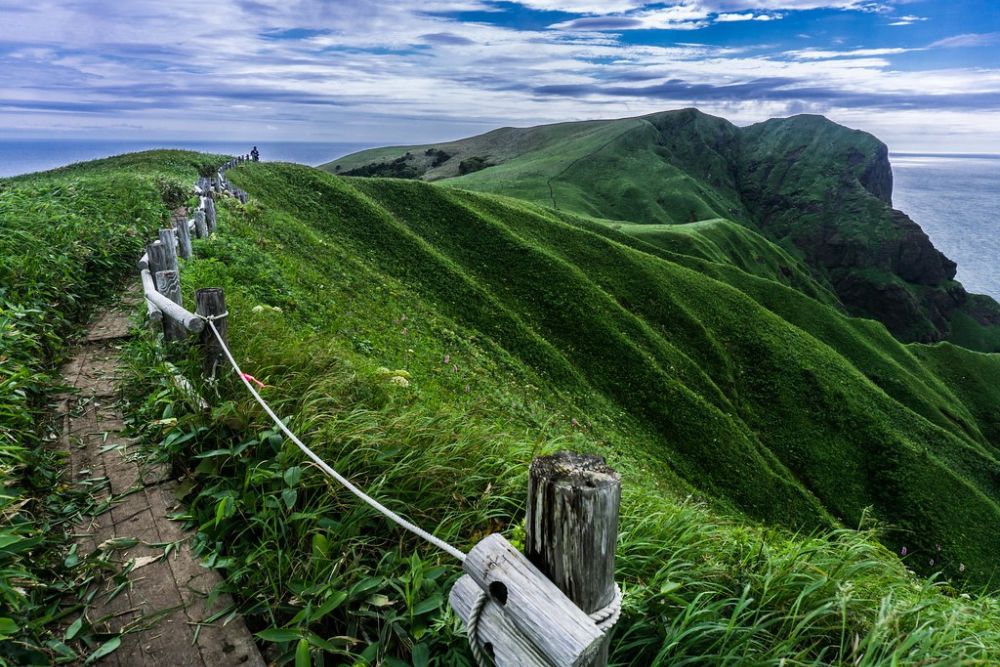
Japan’s northernmost island blooms with over 300 wildflower species during its brief summer season, creating carpets of color across treeless hills. The island’s Arctic-like environment supports unique plant communities found nowhere else in Japan.
Hiking trails wind through flower meadows with views of Russia’s Sakhalin Island on clear days.
Hidden Japan Rewards Patient Explorers
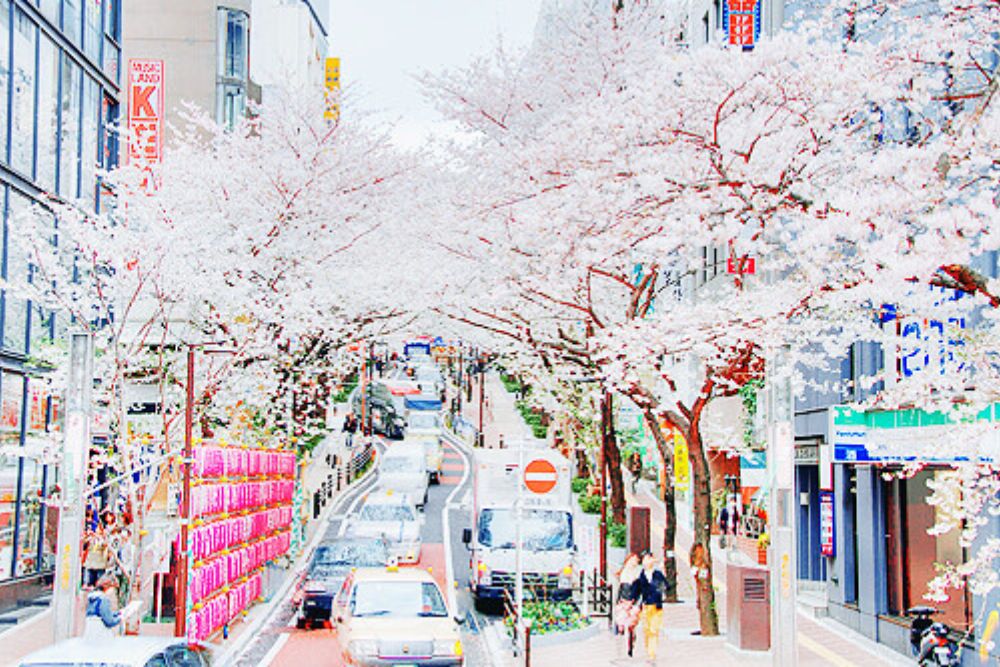
These extraordinary destinations remain hidden precisely because they require extra effort to reach and often lack English signage or tourist infrastructure. That inconvenience is exactly what preserves their authentic character and ensures memorable experiences for travelers willing to venture beyond the obvious choices.
The most rewarding discoveries in Japan happen when you leave the beaten path and trust that something amazing waits around the next corner.
More from Travel Pug

- 20 Best Beach Towns in the Carolinas
- 13 Destinations Where Tourists Regularly Regret Their Trip
- 20 Things You Actually Get in First Class
- 20 Small Airports With Aviation Museums
- 20 Places in the U.S. That Are Perfect for a Reset Trip
Like Travel Pug’s content? Follow us on MSN.
